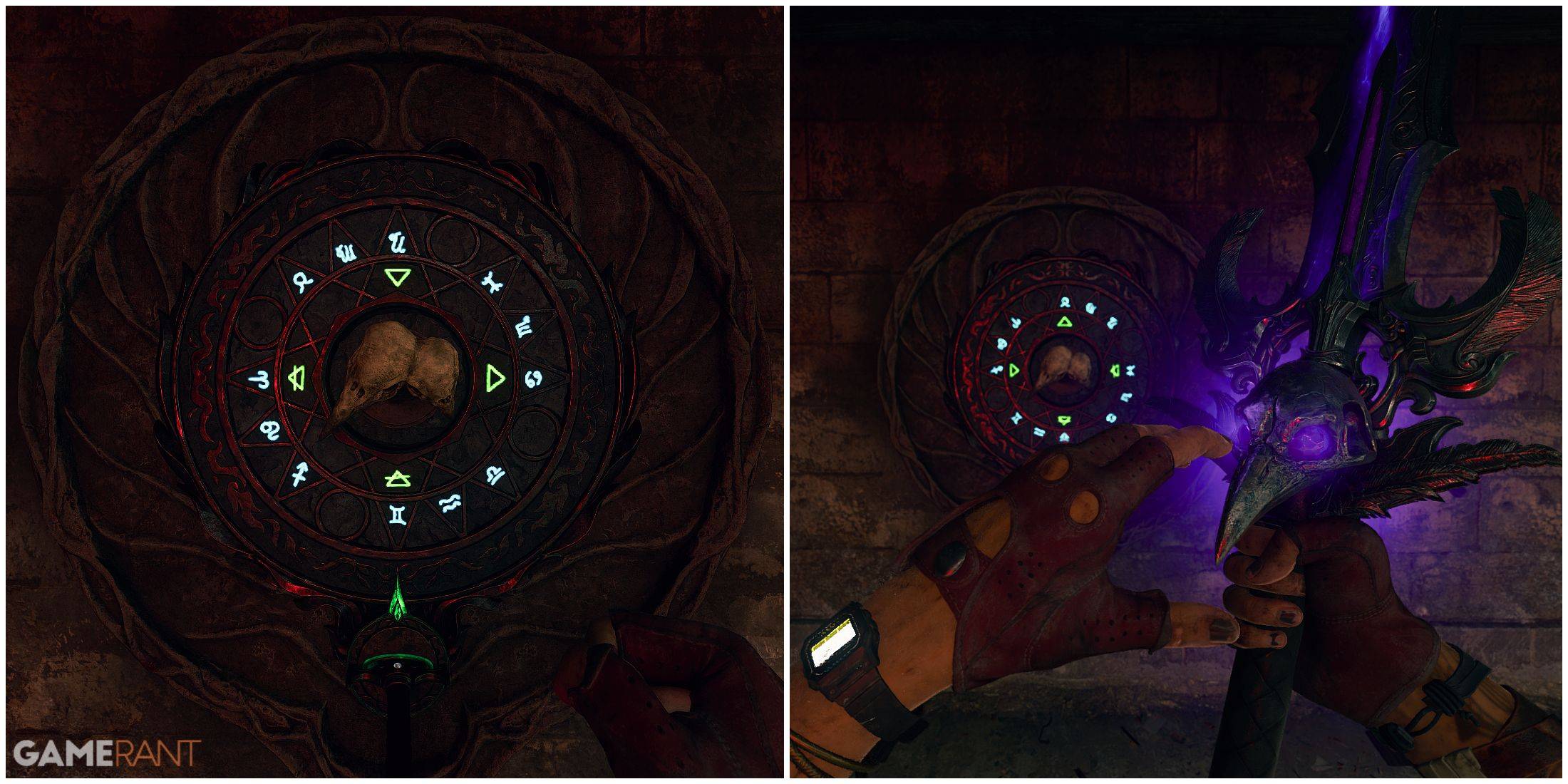Minecraft's Vibrant Flora Uncovered: A Detailed Guide
- By Zoe
- Feb 25,2025
This guide explores the diverse uses of Minecraft's beautiful flora, from crafting dyes to landscape decoration. We'll delve into the unique properties of various flowers and their applications in your adventures.
Table of Contents
Poppy | Dandelion | Allium | Rose Bush | Wither Rose | Peony Bush | Lily of the Valley | Tulip | Azure Bluet | Blue Orchid | Cornflower | Torchflower | Lilac | Oxeye Daisy | Sunflower
Poppy
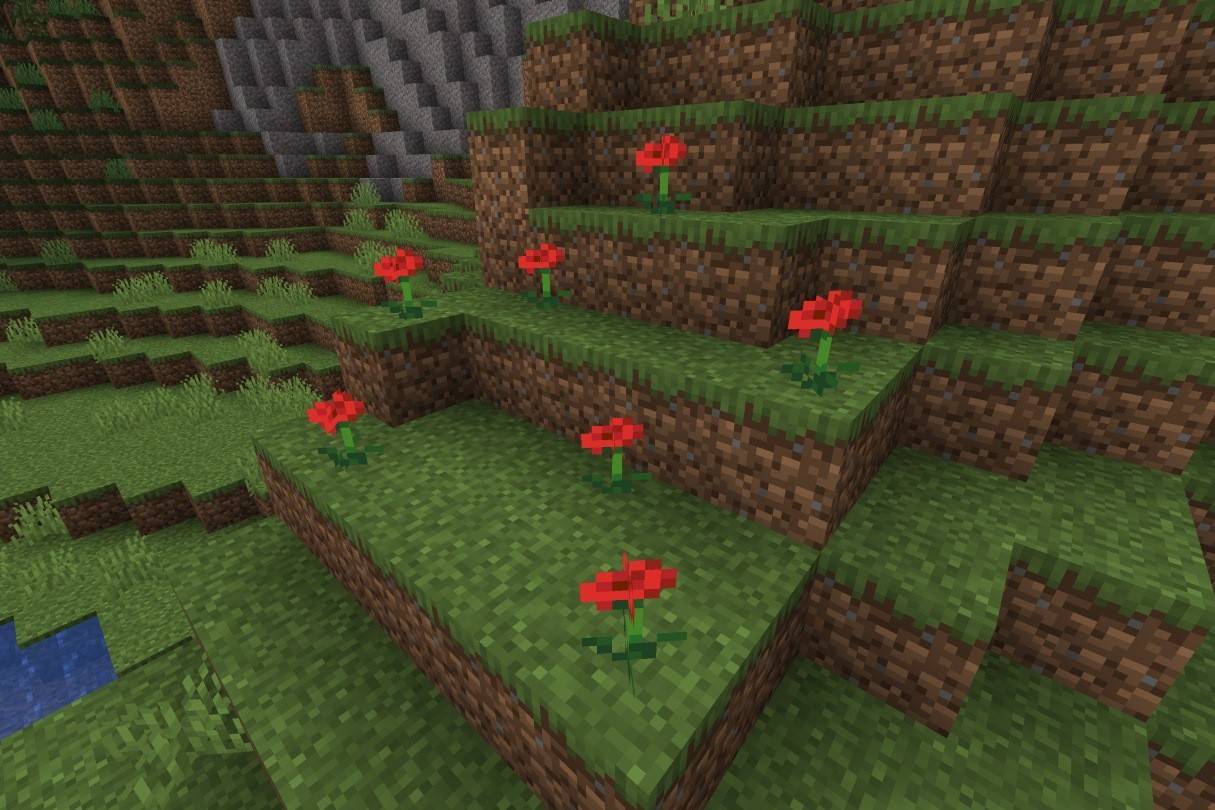 Image: ensigame.com
Image: ensigame.com
Replacing the original "rose" and cyan flowers, poppies are readily found in various biomes and even dropped by Iron Golems. Their primary function is crafting red dye, essential for coloring banners, beds, wool, sheep, and wolf collars.
Dandelion
 Image: ensigame.com
Image: ensigame.com
These vibrant yellow flowers, absent from marshes and ice plains, are a key source of yellow dye. While yielding a single dye unit, sunflowers provide double the amount. Perfect for adding a sunny touch to your creations.
Allium
 Image: ensigame.com
Image: ensigame.com
Alliums, stunning purple flowers found in flower forests, produce magenta dye. This dye is crucial for coloring mobs and crafting blocks like magenta stained glass, terracotta, and wool.
Rose Bush
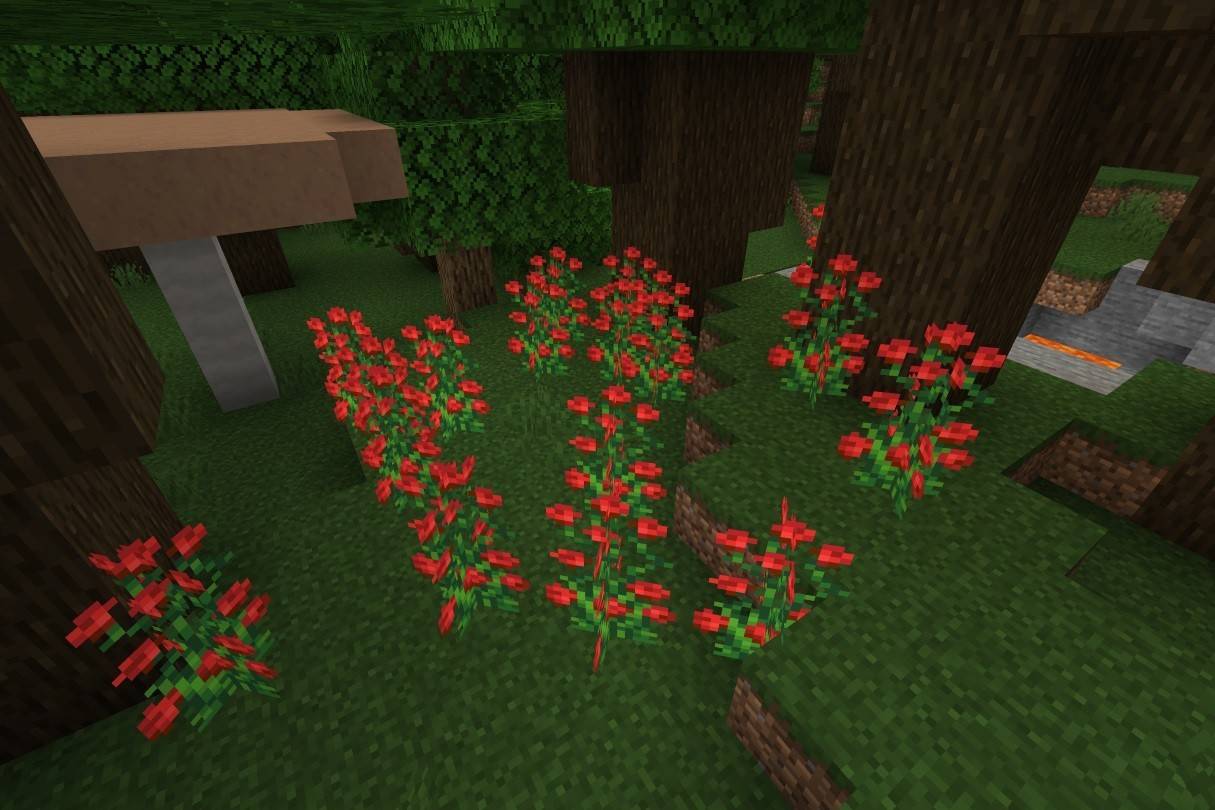 Image: ensigame.com
Image: ensigame.com
These tall, red-flowered plants, found in wooded biomes, provide red dye. Use it to color wool, banners, beds, leather armor, and more. Unlike the Wither Rose, it's a safe and visually appealing addition to any landscape.
Wither Rose
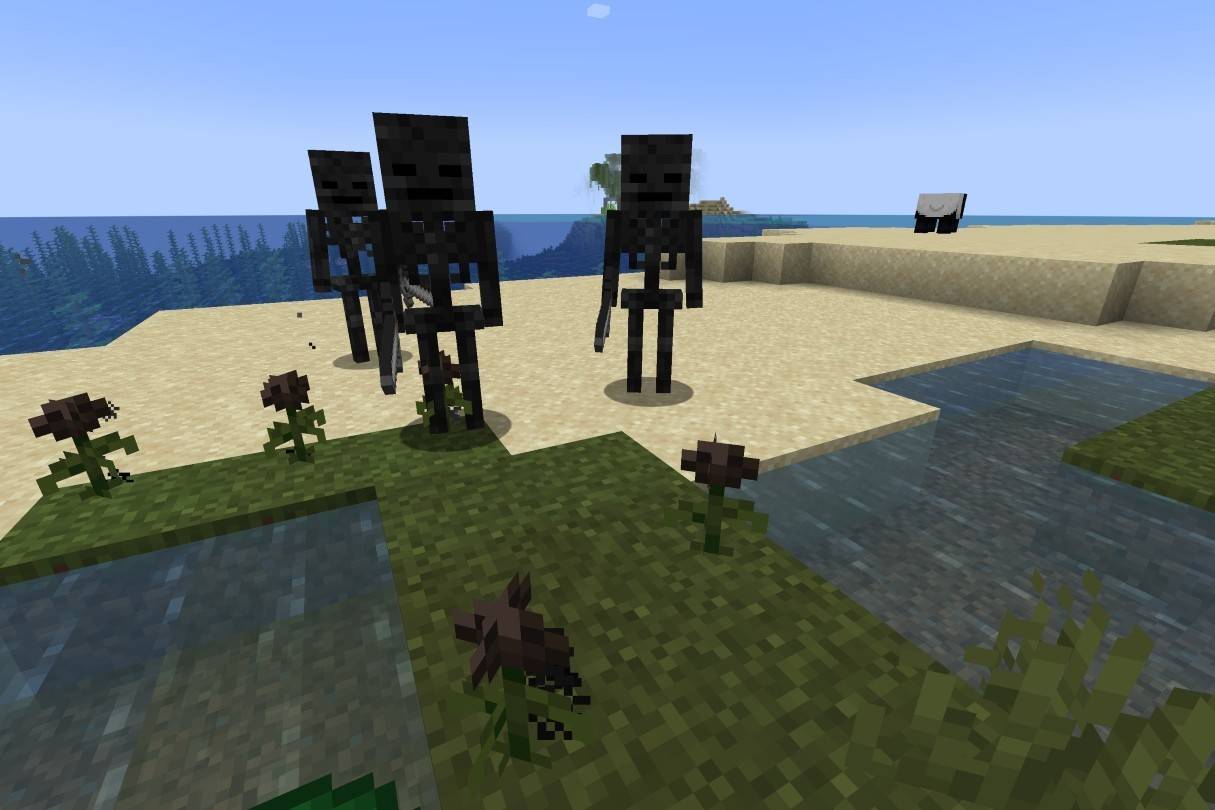 Image: ensigame.com
Image: ensigame.com
A rare and dangerous flower, the Wither Rose doesn't grow naturally. It appears when mobs are killed by the Wither or occasionally in the Nether. Touching it inflicts the Wither effect (curable with milk). It's used to create black dye and firework stars.
Peony Bush
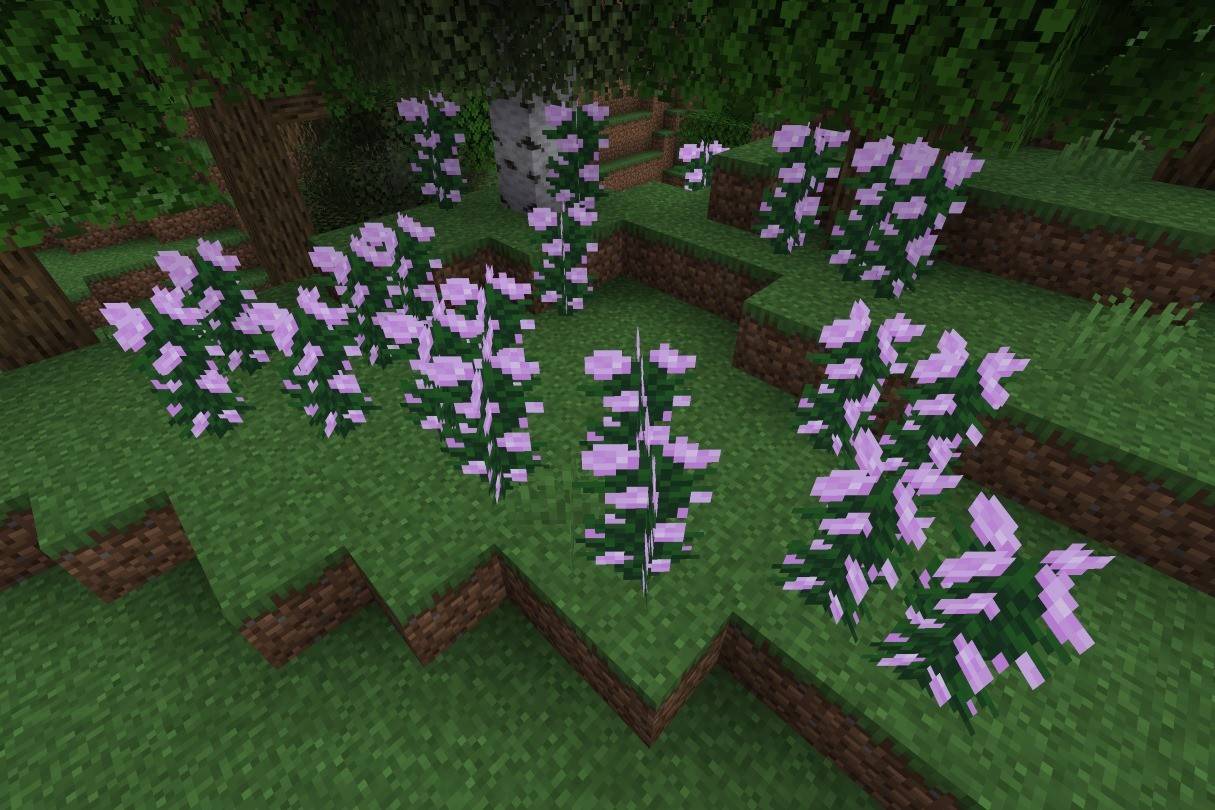 Image: ensigame.com
Image: ensigame.com
These tall, pink flowers, thriving in woodland biomes, yield pink dye (also craftable from red and white dye). They can be propagated with bone meal, offering a readily renewable source of pink dye.
Lily of the Valley
 Image: ensigame.com
Image: ensigame.com
These delicate, bell-shaped flowers, found in forests, produce white dye. White dye is a base for many other colors, making these flowers incredibly versatile.
Tulip
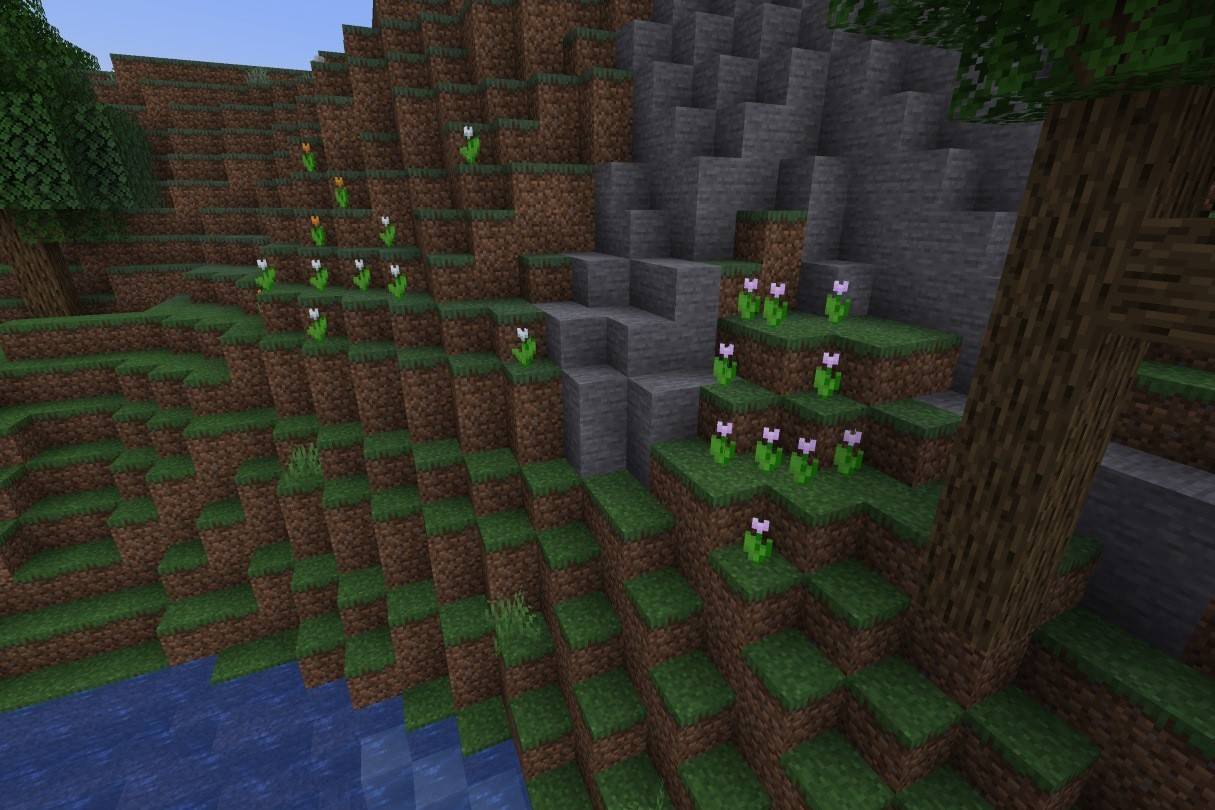 Image: ensigame.com
Image: ensigame.com
Tulips come in red, orange, white, and pink varieties, offering a range of dye options. Their color dictates the resulting dye, providing diverse customization possibilities.
Azure Bluet
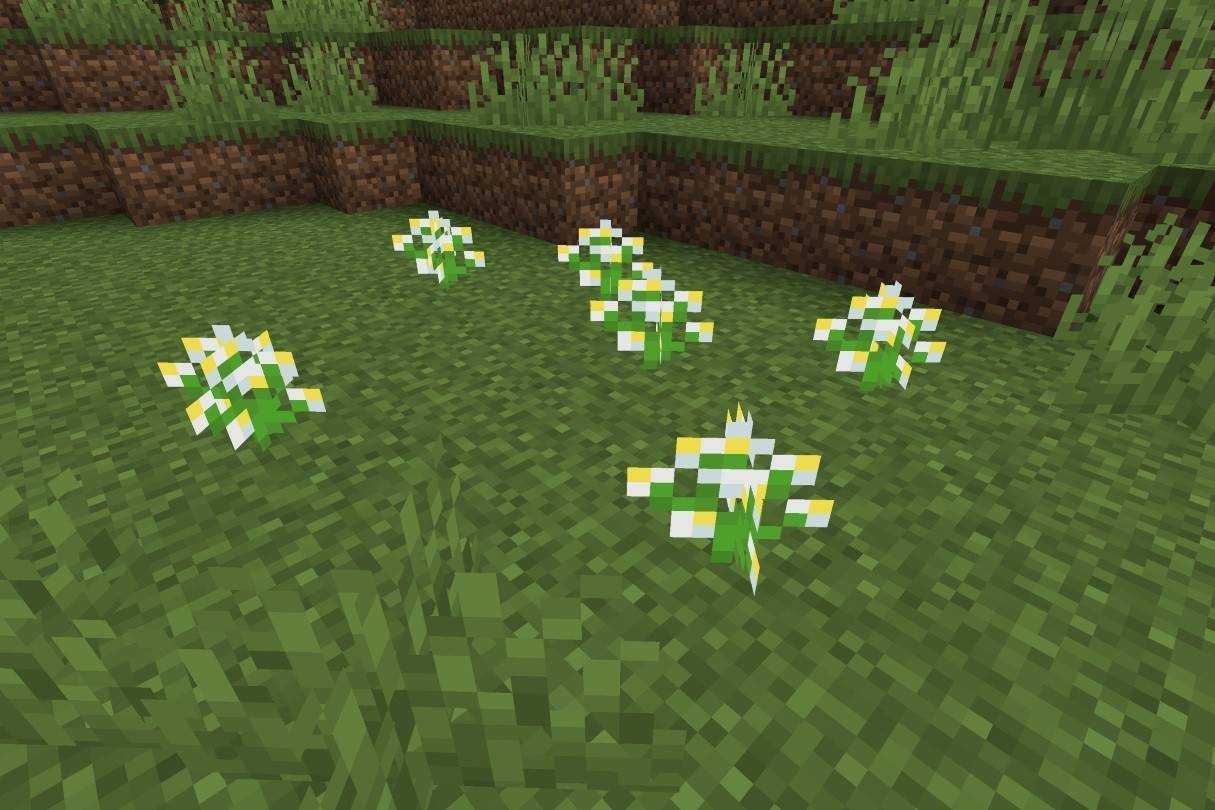 Image: ensigame.com
Image: ensigame.com
This small, white and yellow flower, found in grasslands and flower forests, is used to create light gray dye.
Blue Orchid
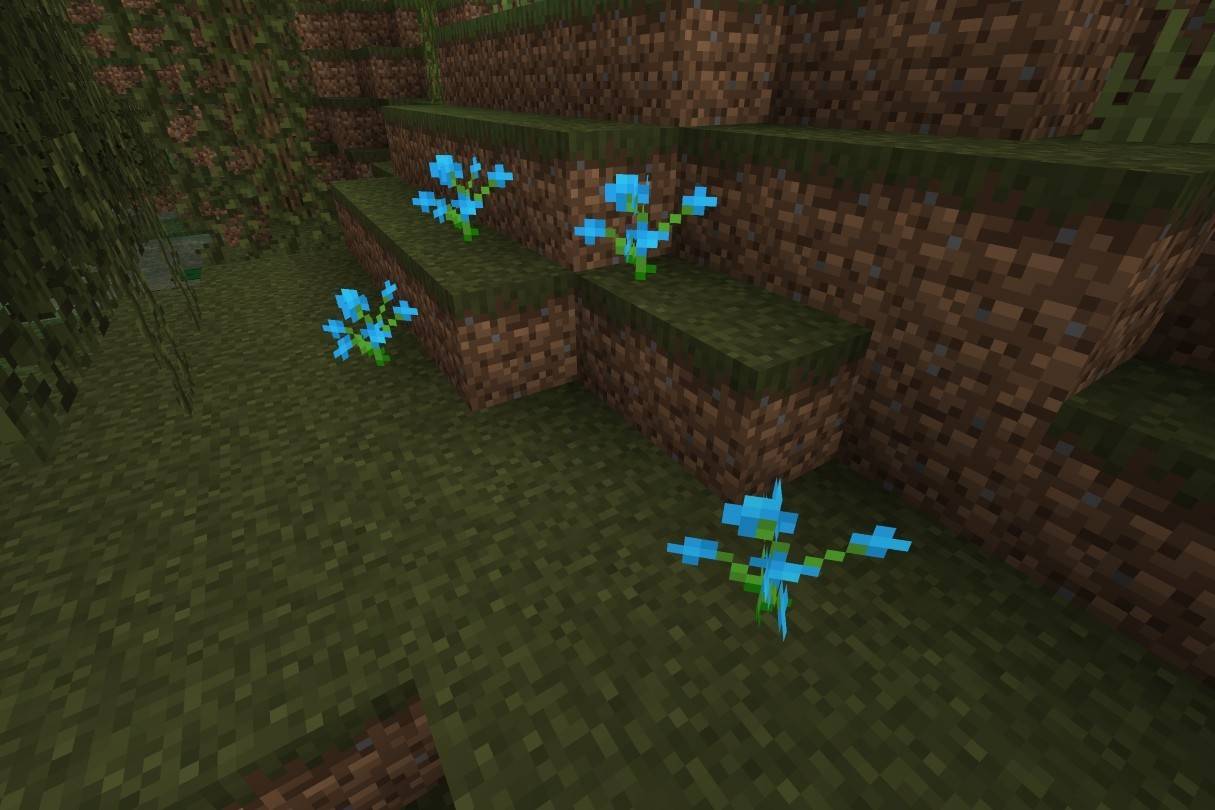 Image: ensigame.com
Image: ensigame.com
A rare flower found in swamps and taigas, the blue orchid is a source of light blue dye.
Cornflower
 Image: ensigame.com
Image: ensigame.com
These blue flowers, found in plains and flower forests, yield blue dye.
Torchflower
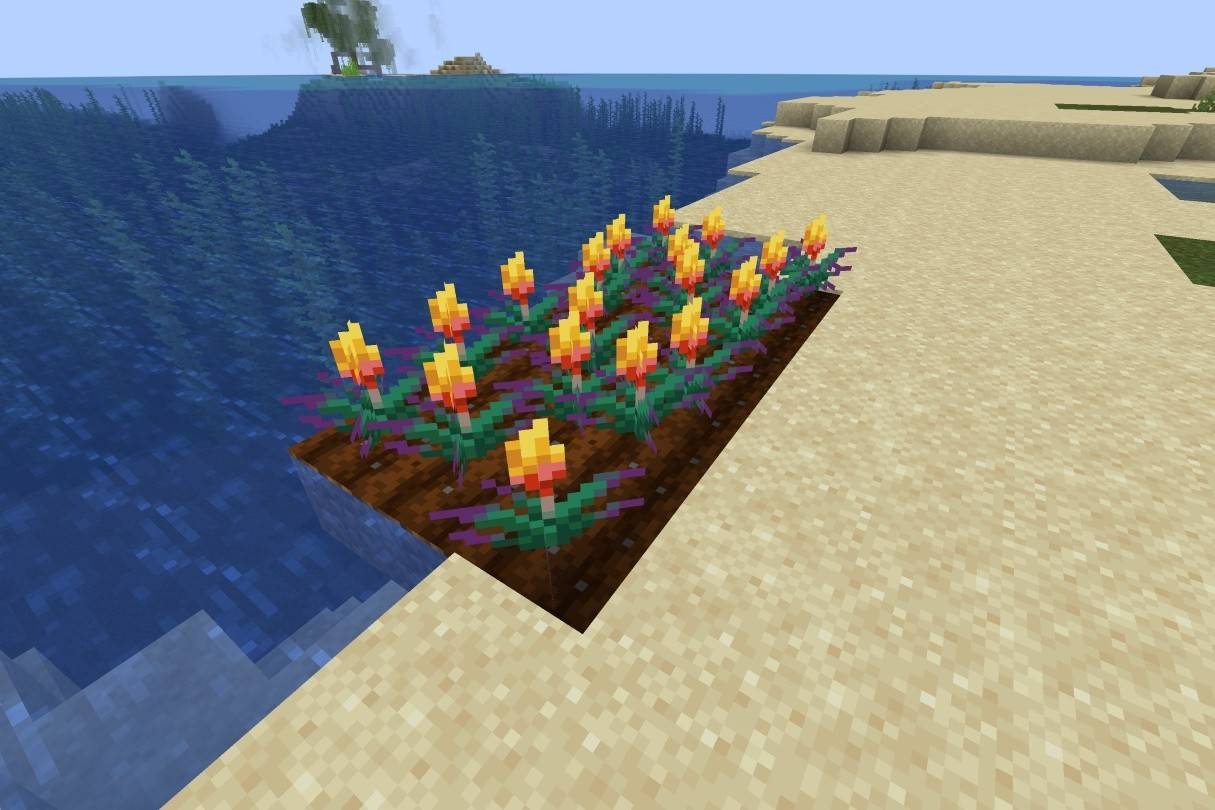 Image: ensigame.com
Image: ensigame.com
Torchflowers produce orange dye. Note that its growth and propagation differ between Java and Bedrock Editions.
Lilac
 Image: ensigame.com
Image: ensigame.com
These tall, light-purple flowers produce magenta dye.
Oxeye Daisy
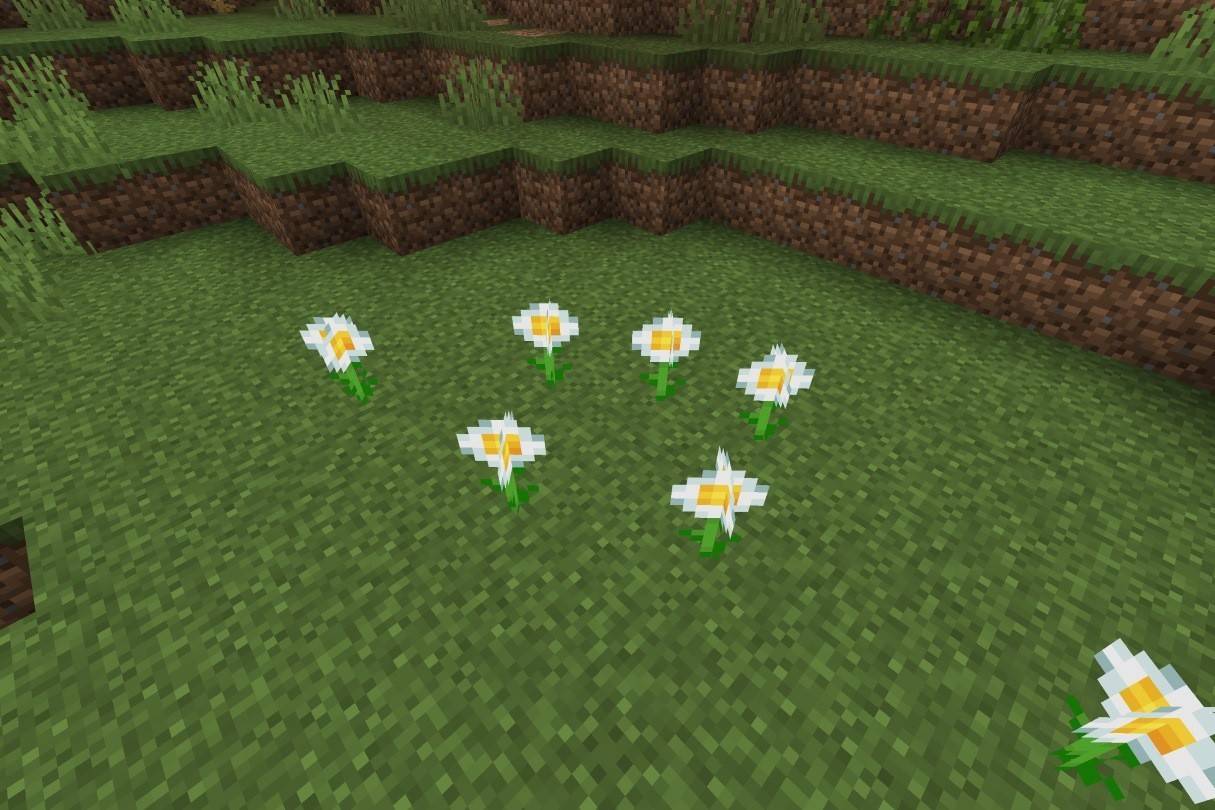 Image: ensigame.com
Image: ensigame.com
The Oxeye Daisy, a white flower with a yellow center, provides light gray dye.
Sunflower
 Image: ensigame.com
Image: ensigame.com
These tall flowers, found in sunflower plains, yield yellow dye. Their eastward orientation makes them useful navigational aids.
Explore these floral resources to enhance your Minecraft experience!
Latest News
more >-

- Dragon Nest: Legend Rebirth Gear & Stats Guide
- Dec 15,2025
-

-

-
- Star Wars Outlaws Coming to Nintendo Switch 2
- Dec 13,2025
-

